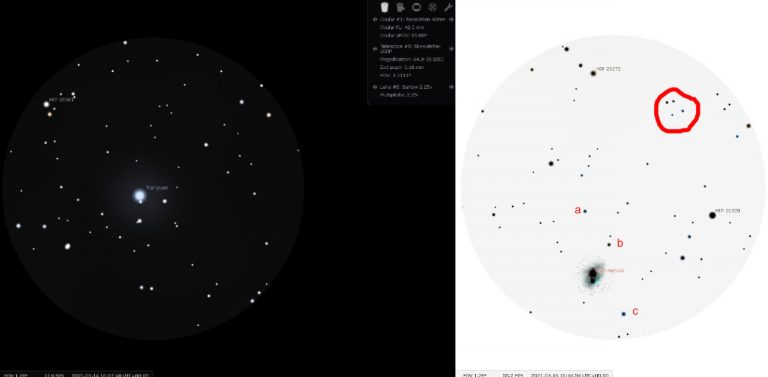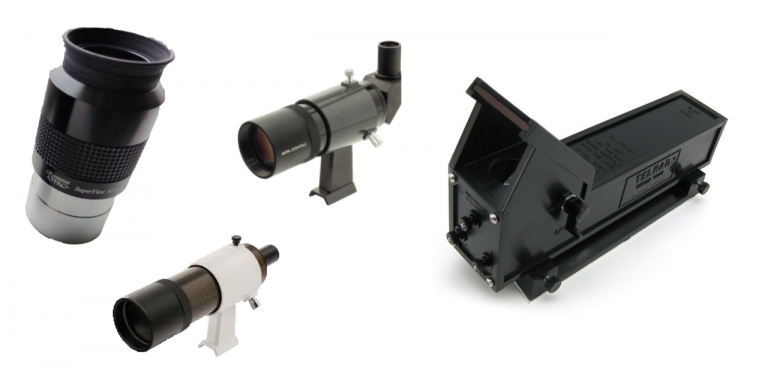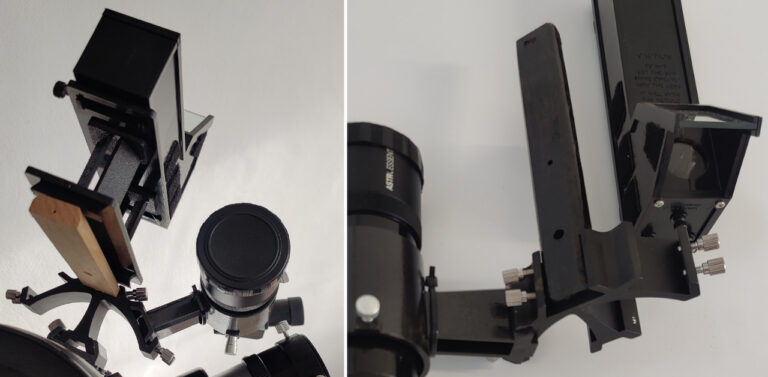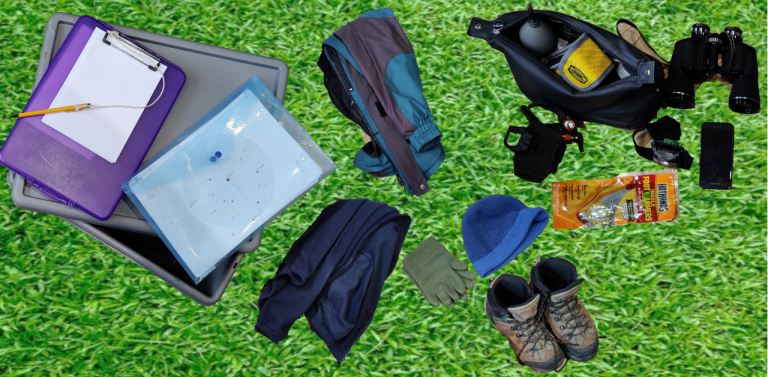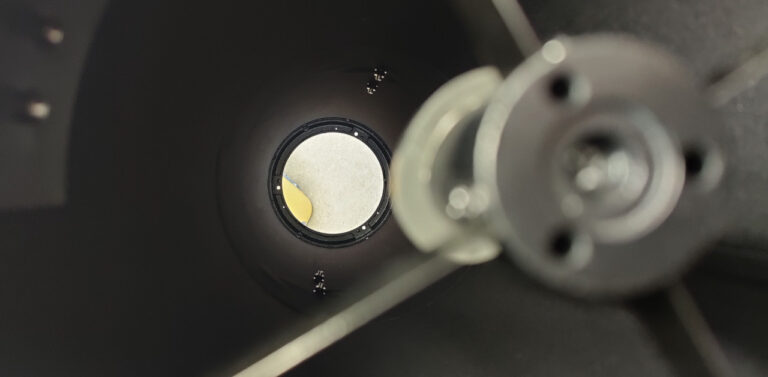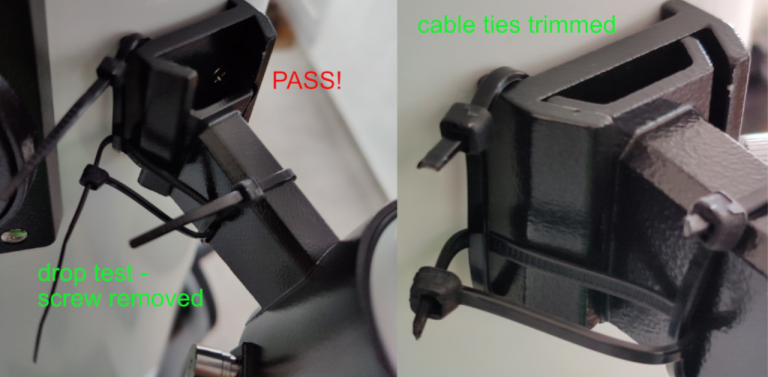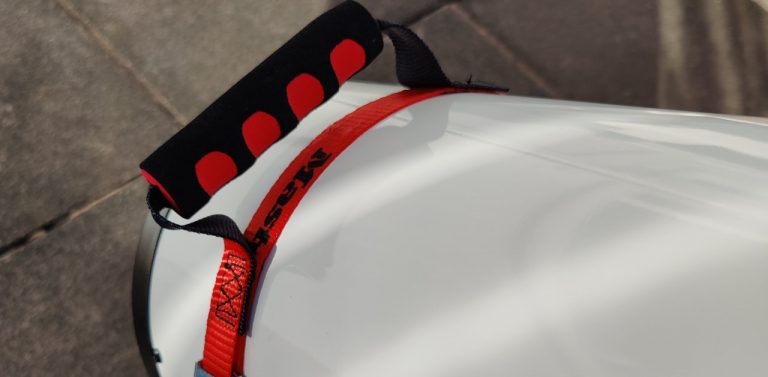Before buying a telescope for astronomy, consider… If you don’t want to read any of this, get a Bresser 5” tabletop Dobsonian and if that is too much, buy binoculars. If you can afford it, get a 6” or even better an 8” Dobsonian like a RVO Horizon/StellaLyra/Apertura. What do you want to use it…
Category: Advice and Recommendations
Visual Astronomy
Visual = Live = Analogue = Retina Busting What is the most impressive place you have ever visited? Maybe a waterfall or a monument? Do you remember everyone around you glued to their phones, taking lots of pictures? A lot of those photos were viewed once and then forgotten. But you still remember that view,…
What’s the best telescope?
If you were asked, “what is the best car?”, how could you give a recommendation without knowing if they were planning to use it to take the kids to school, drive up dirt tracks or go racing? Ultimately the best telescope for you is the one that you use The Dobsonian is the ideal telescope…
Why choose a Dobsonian?
The Dobsonian telescope is the perfect choice for the visual astronomer This is why I chose it I was interested in visual astronomy. I wanted to observe in real-time. I wanted the largest proportion of my budget to be spent on the mirror and focuser so that I got great, pleasing views with no colour…
Using a new telescope
First, don’t rush and enjoy the experience of learning a new skill. It will take time as this is a slow hobby. Check your telescope over indoors. Make sure you can adjust the vertical and horizontal position, that you know how the focuser works and how to change and secure the eyepiece. Don’t try and…
What do I look at?
Like many observers, I enjoy a combination of things to look at but I am happy to limit myself to just a couple of objects in one session. “Turn Left at Orion” (along with SkySafari or Stellarium) is an essential guide for the visual observer. It suggests good targets and explains how to find them.…
Finding dim objects
How to Star Hop DSO’s like galaxies are not only difficult to see (Turn Left at Orion is your friend) so don’t expect coloured images like those produced by astrophotographers. Light pollution (street lights and the moon) makes these dim fuzzies even more challenging. Sometimes a dim object like M1 (Crab Nebula) can be difficult…
Recommended Star Maps
There is a wealth of fantastic resources on the internet I could only have dreamt of when I had my first telescope in 1968. Phone/table apps None of the printed maps are much use when observing as they are not detailed enough and they are difficult to use when observing at night. That is where…
Finding and finder-scopes
With its high magnification and apart from the moon, finding objects can be very difficult for new and experienced observers. Technology can help but a finder will be essential for most telescopes. I use a combination of a non-magnifying finder and then a right-angle magnifying finder (RACI) to locate objects. Most telescopes will come…
Telrad Fitting Adapter
The Telrad is a great straight-through, non-magnifying finder. It’s not so useful for star hopping if you suffer from light pollution. That is why the right-angled finder (RACI) is so useful because unlike the Telrad it allows you to see fainter stars. Not having to bend your neck is great for comfort but can make…
The Zoom Eyepiece
The “stock” eyepieces that came with my 8″ 200P Dobsonian were great for me to get started. A new owner should definitely get used to them before considering any “upgrade”. For me, the stock 25mm produced good results but the 10mm was dim and I was disappointed with the clarity of what I was seeing.…
Essential Accessories
This is my essential list of accessories when observing. The aim is to maximise comfort with the minimum amount of carrying. 1) “Turn Left at Orion” and SkySafari on a tablet for star hopping 2) Collimation cap and Cheshire eyepiece/sight tube combination tool 3) 7-24mm zoom and 30mm wide angle eyepiece 4) Lybar height adjustable…
Dual Speed Focuser Upgrade
The Crayford focuser that is supplied with the 200P works well but having a dual-speed focuser makes it easier to precisely achieve focus in order to get a good view. This upgrade is worthwhile and significantly improves the observing experience. The kit used was manufactured by Lacerta and purchased from 365Astronomy at a cost of…
Telrad Dew Reduction
The glass of the Telrad is rather a dew magnet. To reduce this I have used these anti-fog wipes and built a dew shield made from an A4 sheet of black foam and some velcro cut into small squares. It is very easy to make and the details for doing this are below. More details
Flocking
Lining the OTA of the telescope reduces unwanted internal reflections and has the additional benefit of keeping dew off the mirrors. To flock the OTA of my 8″ 300mm telescope, I used two 1m rolls of Black Velour Material. This is easily fitted to the tube without rippling. As I was removing the secondary and…
Finder safety harness
The findersope bracket and mount on the Skywatcher 200P has been (presumably) designed so that if the OTA is lifted using it, there is no danger of the finder and bracket becoming detached. The problem is that unless the knurled screw is very tight, there is a danger that in the vertical position, the finder and bracket may…
Carrying the Dobsonian
One of the advantages of the 8” Dobsonian is that it gives good views but at 21kg is not too large or heavy. It still needs moving with care of course. For transportation in a car, I separate the base and place it on the back seat with the feet adjacent to the door. From…
Star Gazing – Useful Information
Key Advice This is a slow hobby. Take your time and be prepared to learn. Don’t rush things or spend/waste money on upgrading until you have come to the conclusion about what is right for you . Therefore ignore advice to buy X or Y until you can answer why you actually need X or Y. Glossary and…






